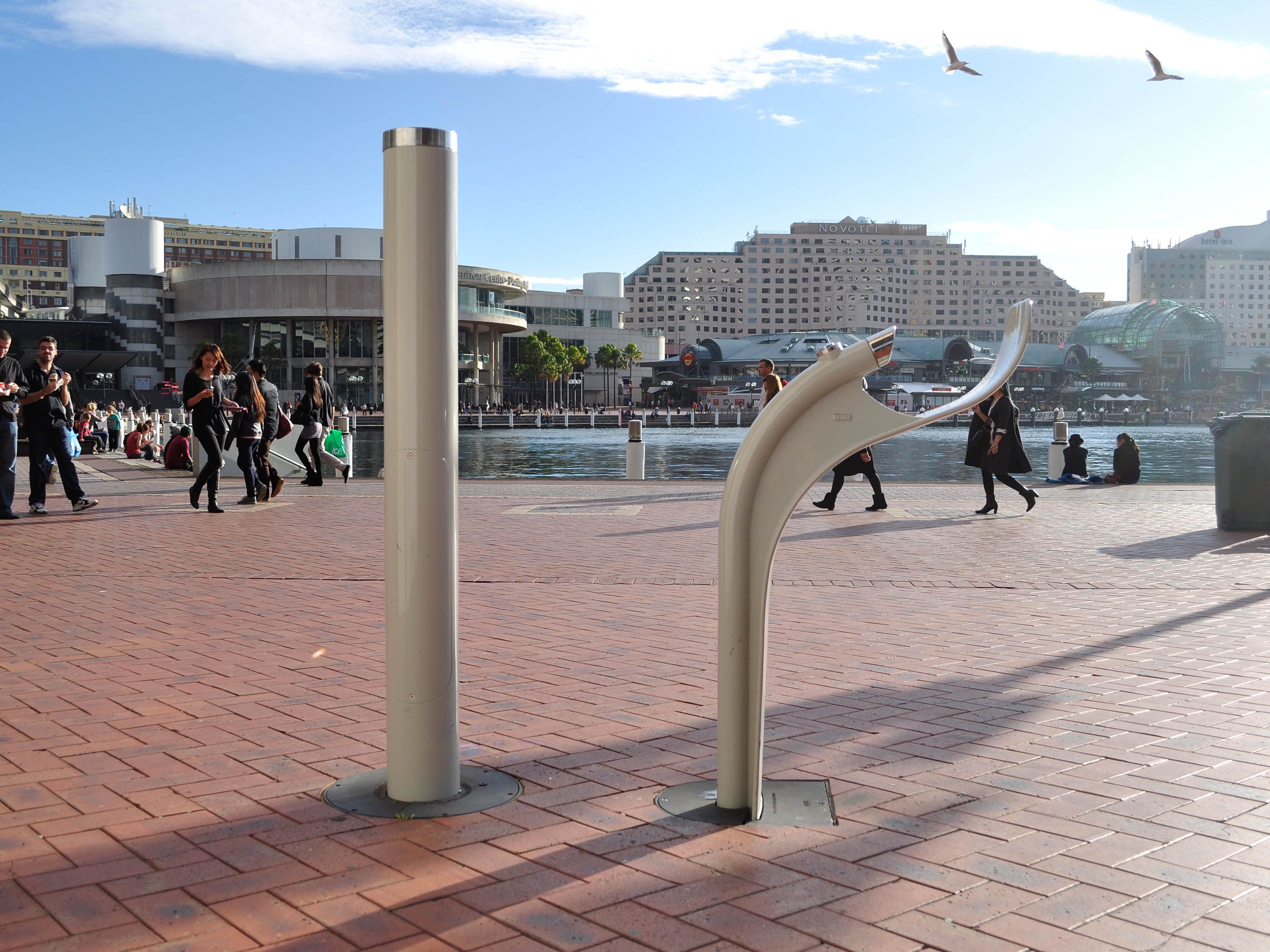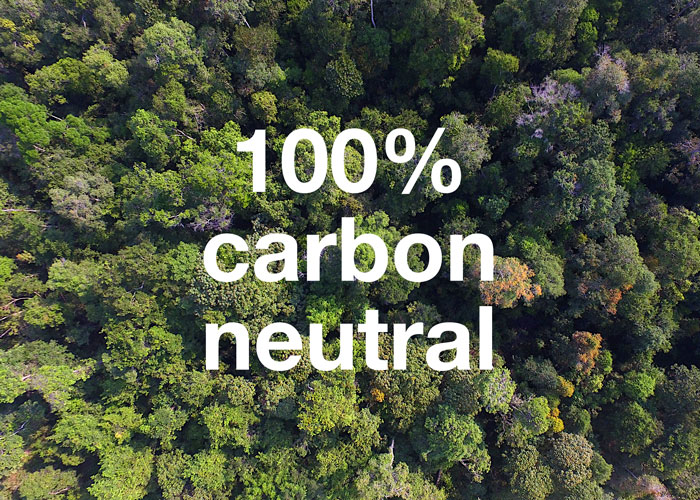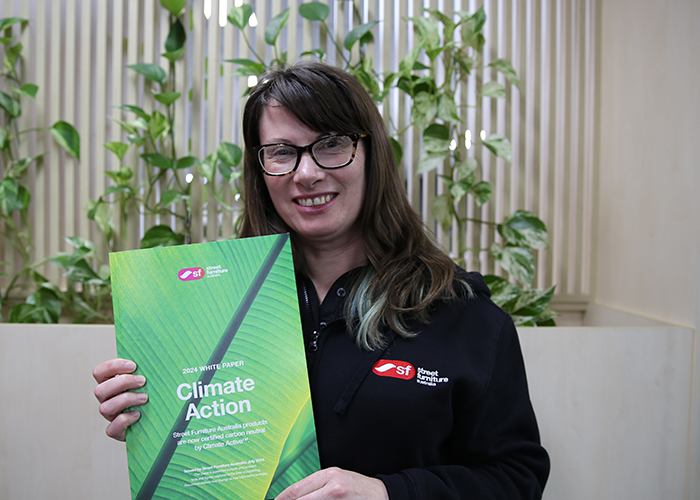
Helen Lochhead, long time urbanist and new Dean of UNSW’s Built Environment, hails the harbour, with its 320 kilometres of coastline, as the jewel of Sydney’s crown in her Utzon Lecture, Re-imagining the Harbour City. StreetChat reports.
 Our home is girt by sea. Sydney’s waterways, rivers and creeks reach out from the Hawkesbury through the metropolis and down to the harbour at the city’s heart.
Our home is girt by sea. Sydney’s waterways, rivers and creeks reach out from the Hawkesbury through the metropolis and down to the harbour at the city’s heart.
Promenades and parks lapped by water are, for the best part, well maintained and reserved for the public’s enjoyment.
At worst, sold and fenced, or obscured by tall buildings that do not respect the architectural etiquette of graduation to the shore.
“It is arguably Sydney’s only true great public space, and perhaps its most contested. Yet it has retained an enduring resilience, beauty and value despite this,” says Lochhead.
“The power of social activism, conscious design and continued investment in the public domain have all been instrumental in keeping it that way.”
The harbour is a treasure not preserved by accident, she says, but through political and commercial battles.
If Sydney is to retain a distinct identity under pressures to become a global city, she calls on landscape architects, urbanists and planners as design champions.
“The significance of Sydney Harbour cannot be underestimated. It is one of the places that can and should be enjoyed by all. So let’s not rely on predictable paradigms to shape our Sydney. Instead, let’s continue to fight for and reimagine the harbour city we want.”

Darling Harbour, Arqua Fountain
“The best time to plant a tree was twenty years ago. The second best time is now.”
– Chinese proverb
In 2010 the Government Architect’s Office and collaborating partners, Lochhead among them, were commissioned by the state to re-envision Circular Quay. They created a 50 year plan.
Big ticket items included removing the Cahill Expressway, undergrounding the railway with new buildings above and 30 per cent more green space, an expanded promenade and new public square.
“This 50 year vision for Circular Quay, Sydney’s gateway, was envisioned as a place for people, greener and connected to the whole,” says Lochhead.
“With most of the precinct in city and state government control, and with buying in from private landholders with major developments in the pipeline, this was a once-in-a-lifetime opportunity to deliver a compelling, integrated strategy.
“It appeared too good to pass up. But it was,” she says.
The Labor government lost office, the plan was shelved. The Sydney Harbour Foreshore Authority later delivered some projects, in whole and in part, says Lochhead.
“However, missed was the opportunity that the major transport infrastructure and private redevelopment provided to catalyse the holistic strategy for the precinct.
“Let’s hope the future of Circular Quay is not just a future of irregular upgrade works and cleanups.
“If anything visionary and lasting is to happen at the Quay, there will need to be change in how decisions are made. Otherwise tinkering will continue to be the fate of this magnificent public place.”

Circular Quay, Plaza Seats
The story of Sydney’s places is populated by visions that do not always become reality. Even the high profile plans such as Thalis, Berkemeir and Irwin’s competition winning Barangaroo scheme, can be thwarted.
As a former director of the Sydney Harbour Foreshore Authority, serving on many projects that brush the water, Lochhead has seen her share of battles.
“Many projects I’ve worked on have been realised. But just as many remain in the bottom drawer, being too politically fraught at the time but shelf-ready should the political winds change,” she says.
“In each and every one of these roles I’ve gained insights into how the politics play out, why great initiatives never see the light of day, great ideas resurface again and again before the time is right to be implemented, and sadly but more frequently, an outcome that is less than ideal wins the day.
“Nevertheless lost opportunities provide lessons to do better next time and reinforce the need for constant vigilance. And when great things do happen it’s something to be celebrated.”
“Australia is a big blank map, and the whole people is constantly sitting over it like a committee, trying to work out the best way to fill it in.”
– C E W Bean
Sydney’s settlement was initially driven by geography, the harbour a place of commerce, transport and industry, says Lochhead. But its recreational value was quickly recognised and protected.
Forty years into the colony Governor Darling imposed a 100 foot reservation on all foreshore grounds to secure public access. This legislation helped to preserve weekend playgrounds like Cremorne Point.
Anti-privatisation strengthened towards the end of the nineteenth century, says Lochhead, and with it champions like Niels Nielsen, NSW Secretary of Lands, resumed key foreshore sites, such as Nielsen Park and Bradley’s Head for Taronga Zoo.
Threats, to public health such as the spread of the bubonic plague in 1900 that spurred the redevelopment of The Rocks, and opportunities, such as the 2001 Olympics and Bicentennial, also inspired major works.
Forays by coal miners at the Cremore Peninsula were repelled by Council and community activism, further Rocks redevelopment in the sixties was stalled by the first Green Bans.

The Rocks, Frame Rectangular Planters
Harbour speculations have been part of Sydney’s recurring cultural narrative, says Lochhead, and encourage robust debate. Completing any major project requires long term perseverance and leadership.
“Many [projects] have been achieved with the alignment of successive governments, whose commitment to public policy and projects of vision, substance and design intent have made them happen,” she says.
“Nothing happens without a political will. You need a political visionary … and you need champions to take it on and run with it. It is a hard slog and it requires commitment as well as vision.
“As a result we have a legacy of significant urban projects that have shaped the unique form and identity of our harbour setting. Some iconic, such as the Sydney Harbour Bridge and Sydney Opera House, that elevated our position on the global stage. It is hard to imagine our city without them.
“Other initiatives include discrete policies and projects that have cumulatively resulted in more than the sum of their parts. Take our enviable necklace of public foreshore parklands, aggregated over 200 years through various means including resumption, dedication and acquisition. A big idea delivered by many hands.”

Pirrama Park in Pyrmont, Classic Plaza benches
“To provide meaningful architecture is not to parody history, but to articulate it.”
– Daniel Libeskind
For Lochhead, the key to maintaining the harbour’s identity is to stay particular, marrying good design to a specific understanding of place and how a site connects to the city as a whole.
Recent examples, she says, range from the reserves and remediated landscapes of Sydney Olympic Park, the regenerated defence lands of the Sydney Harbour Federation Trust such as Cockatoo Island, and the “more radical but nuanced” interpretations of industrial heritage at Ballast Point, Pyrmont Point and Glebe.
“The most memorable of these projects are imbued with the palimpsest of place, each intervention contributing another bespoke layer of experience and learning,” she says.
New work in this spirit is underway at Walsh Bay, with a Government Architect’s Office project to reconceptualise the precinct now funded by Infrastructure NSW.
“We expanded our brief for an internal fit-out of Pier 2/3 into a vibrant new arts precinct, framing a new water square, an amphitheatre and a green ribbon connecting Dawes Point to the new headland park at Barangaroo,” says Lochhead.
“This transformed an arts project into an urban proposition with broader benefits to both Sydneysiders and the visitor economy.
“I acknowledge the opportunity of working with multiple strategists and stakeholders to develop a proposal that was much more than the sum of the individual parts.
“It will complete the missing link in the continuous foreshores access from Woolloomooloo to the bays precinct, now ripe for redevelopment and pregnant with promise.”
More skeptical mentions go to the new Barangaroo development, “an unashamedly international urban ground,” representing a “dramatic shift in scale and density.” How this place will serve the people, she says, remains to be seen.

Captain Cook Memorial Park, Mall Setting
“My critique is not about inhibiting design and design excellence. I think the conversation needs to be much more nuanced, and to really look at what makes this place so particular.
“There are plenty of people who are doing that kind of work, whether they’re landscape architects or urbanists or architects or planners, that is nuanced, intricate and very much of the place.
“The more we can do that around Sydney Harbour, in not one big single move, there’s no silver bullet, it’s an accumulation of practice and deliberate determination to achieve it. That is my ambition.”
And further down the track, a vision to extend the harbour back into the metropolis through the waterways, creeks and rivers, to improve local waterfront parklands and reduce heat island impacts for the Sydney community at large.
“To continue to make it a much broader jewel in the crown and not just Sydney’s city centric but also a place in outer western Sydney which has all the benefits of the green and blue grid.
“The challenge is to ensure future development, including the government’s procurement of the last remaining strategic foreshore lands, learns from what exists, including the ecological and cultural palimpsest, and prioritises people and quality in the planning and design of the built environment.
“So our harbour setting is not only globally competitive and efficient, but inclusive, diverse and resilient.
“And to maintain the foreshores as public forever.”

Blue Hills Wetland, custom seat

 Our home is girt by sea. Sydney’s waterways, rivers and creeks reach out from the Hawkesbury through the metropolis and down to the harbour at the city’s heart.
Our home is girt by sea. Sydney’s waterways, rivers and creeks reach out from the Hawkesbury through the metropolis and down to the harbour at the city’s heart.









